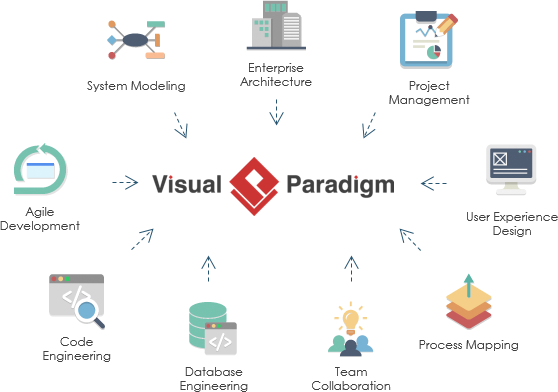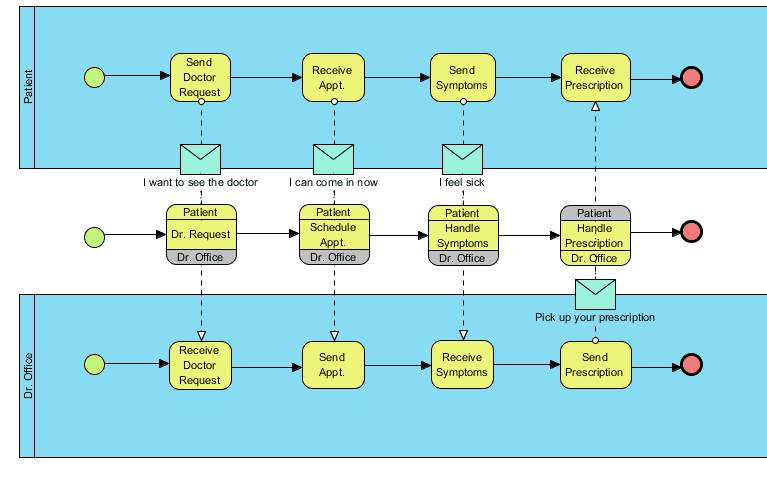Visual Paradigm 作为顶级的开发工具套件,致力于推动 IT 项目开发和数字化转型,成为全球开发团队的首选。它提供了一系列设计、分析和管理工具,确保项目成功。 新版本发布:提升生产力的新工具和增强功能 17.2 版本新功能 提高生产力的敏捷项目工具 Visual Paradigm 提供了丰富的敏捷和 Scrum 工具,专为项目管理设计。这些工具包括: 项目管理工具:支持敏捷、Scrum、PMBOK 等的 PM 流程图和路线图工具。 扩展 Scrum
Continue reading
Learning one new thing everyday


Visual Paradigm 作为顶级的开发工具套件,致力于推动 IT 项目开发和数字化转型,成为全球开发团队的首选。它提供了一系列设计、分析和管理工具,确保项目成功。 新版本发布:提升生产力的新工具和增强功能 17.2 版本新功能 提高生产力的敏捷项目工具 Visual Paradigm 提供了丰富的敏捷和 Scrum 工具,专为项目管理设计。这些工具包括: 项目管理工具:支持敏捷、Scrum、PMBOK 等的 PM 流程图和路线图工具。 扩展 Scrum
Continue reading
Visual Paradigm stands out as the premier development tool suite designed to drive IT project development and digital transformation to
Continue reading
The advancements in Text-to-Speech (TTS) technology are not just transforming entertainment; they are also unlocking new possibilities in education and
Continue reading
As an animation enthusiast, I’m excited to explore how advanced Text-to-Speech (TTS) tools can breathe life into animated characters. With the latest enhancements
Continue readingMind mapping is a powerful visual tool that helps organize information, brainstorm ideas, and enhance learning. Here’s a comprehensive guide
Continue reading
Introduction to Mind Mapping Mind mapping is a powerful visual thinking tool that helps you structure information, allowing you to
Continue reading
Purpose of UML Unified Modeling Language (UML) is a standard language for specifying, visualizing, constructing, and documenting the artifacts of
Continue reading
As an avid user of animation software, I am excited to share how the latest advancements in Text-to-Speech (TTS) technology have
Continue reading
In the digital age, creating engaging and interactive content is more important than ever. Visual Paradigm Online (VPO) stands at
Continue reading
Introduction to BPMN Business Process Model and Notation (BPMN) is a graphical representation used for specifying business processes in a
Continue reading